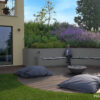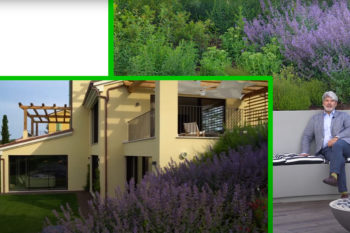The beginnings of the concept of “green living” probably date back to Ancient Egypt. There are in fact numerous archaeological finds that have passed on information and knowledge. Obviously many other civilizations besides the Egyptians used the garden as an element to beautify and embellish properties, houses and public places. Ornamentation over the centuries led people to lay down and give themselves useful rules to create a close virtuous link between nature and urban organization. So the garden, just like us, continues to evolve and change constantly. Today, due to the increase in population and new and impressive architectural constructions such as skyscrapers, finding a balance between natural landscape and urbanization becomes an increasingly arduous and complex challenge. The human mind has therefore had to devise increasingly creative and innovative solutions to bring nature and humans together. Society cannot live without nature. But it can’t live without cities either. One of the ideas found for the solution to this almost existential dilemma is “Green” Skyscrapers, buildings created or soon to be created in places like New York or Milan:
- the Residential Tower East 44th Street in Manhattan will be a vertical forest. The architects of the ODA studio have created a project where every two floors a space will be reserved for nature with actual suspended gardens;
- In Milan, in 2014, the Bosco Verticale (Vertical Wood) was created, a complex of two residential buildings covered with trees, which has now become one of the symbols of the City and all of Italy.
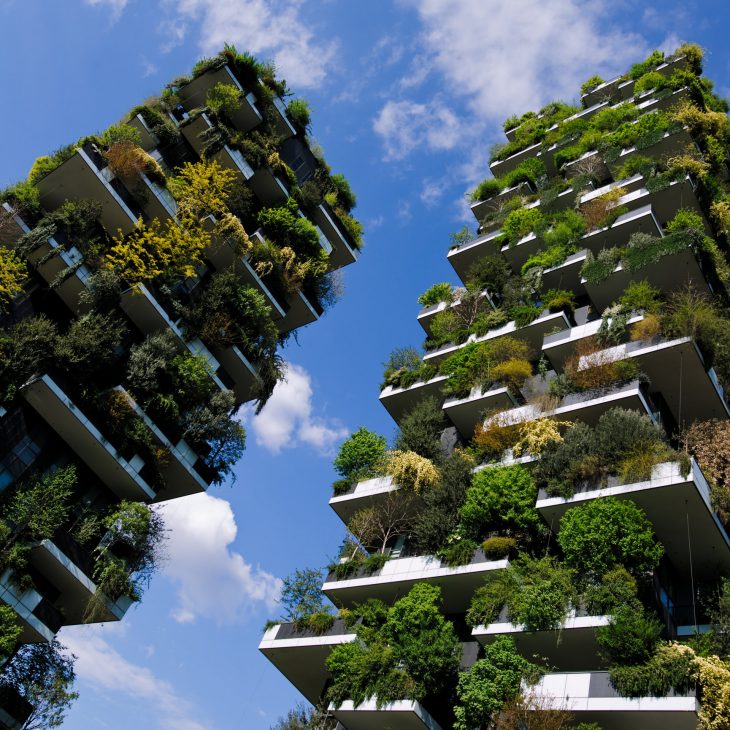
The presence of flora on these buildings is not at all useless or a mere aesthetic issue. There are many benefits:
- both from an environmental point of view;
- and in terms of climate.
Trees integrated into the design of the structure contribute to:
- the creation of a microclimate that creates humidity;
- filtering out particulate matter;
- reducing noise pollution;
- purifying the air by subtracting CO2 (essential especially in recent decades).
In addition, trees have a surprising cooling capacity. It is estimated in fact that a single tree is comparable to 10 air conditioners in operation for more than 20 hours a day. A very impressive figure!
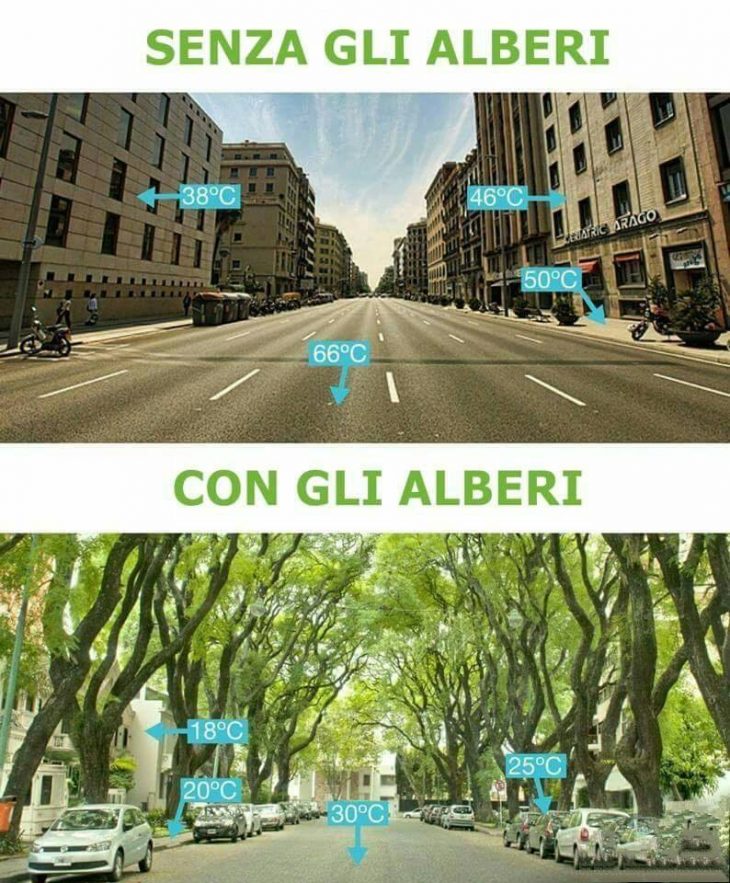
We should take these innovative ideas asan example because the world in which we live must be safeguarded. Our development must take place in respectful symbiosis with nature. New York City, for example, using part of the abandoned West Side Line railway, has created The High Line, a splendid and enlightening demonstration of how to redevelop abandoned or degraded spaces, transforming them into wonderful places to relax and find inspiration.
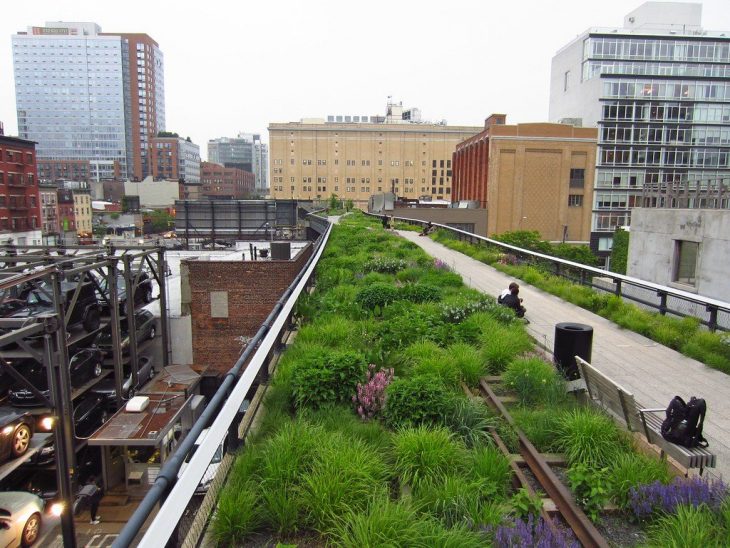
A garden is therefore not only “a place with plants in an urban area”, but it is much more, a series of aesthetic elements that help us to make our everyday life more pleasant. A garden in fact with its greenery, colors and scents gives us a variety of beneficial effects for body and soul:
- it stimulates our mental abilities;
- it improves our quality of sleep;
- it gives us energy;
- it reduces accumulated stress;
- it fights depression;
- it improves memory.
Imagine for a moment living 24 hours a day in a gray city where there isn’t even a blade of grass. Imagine you’re breathing putrid air, polluted by the gases emitted by cars. Don’t you think it’s better to live in a developed city where people can live in close contact with nature surrounded by greenery, colors and scents? Where can you take a few minutes off, sipping a cup of tea in your own garden? Obviously the answer is yes! So why continue to pollute if it’s not good for us or for others and it’s not even good to look at? You have to think big while always respecting nature.
